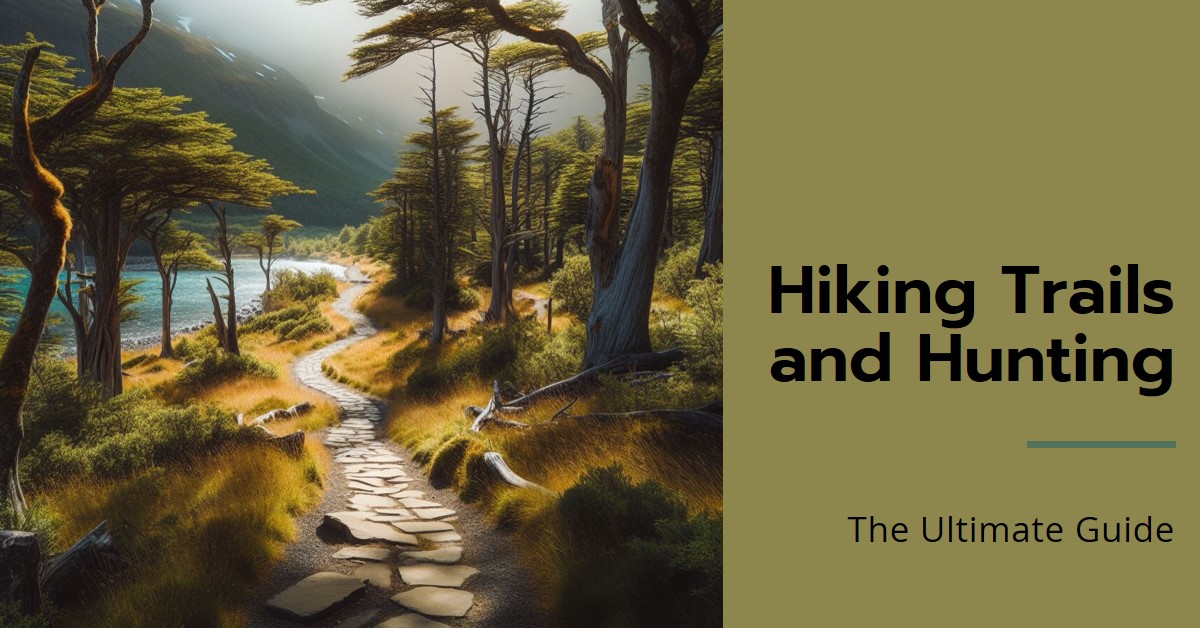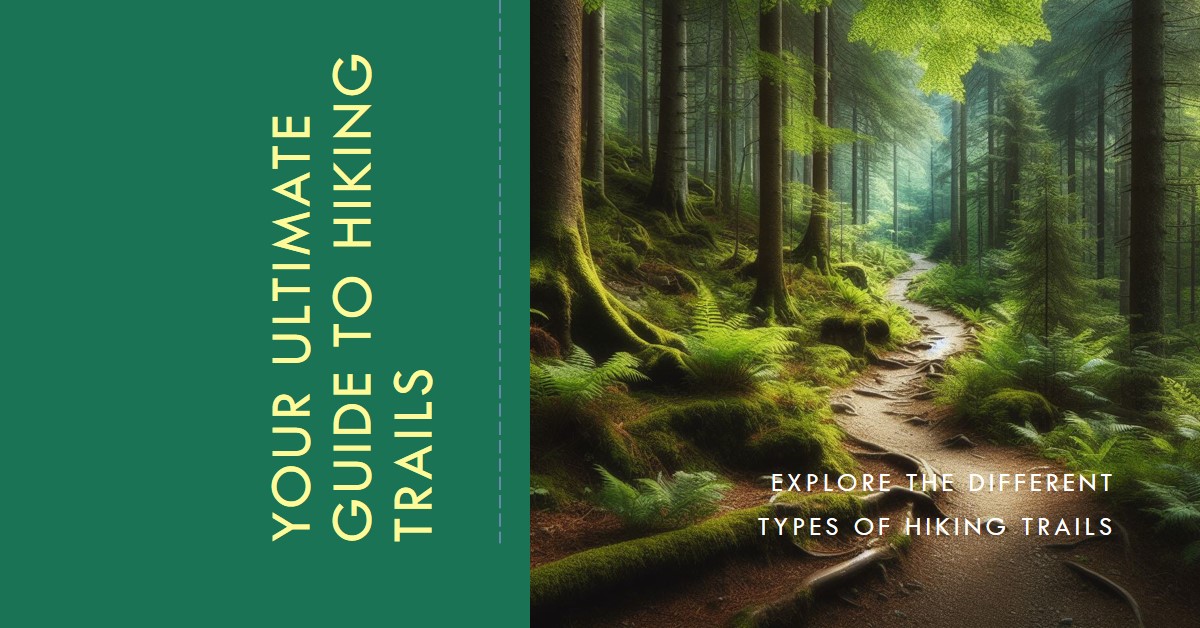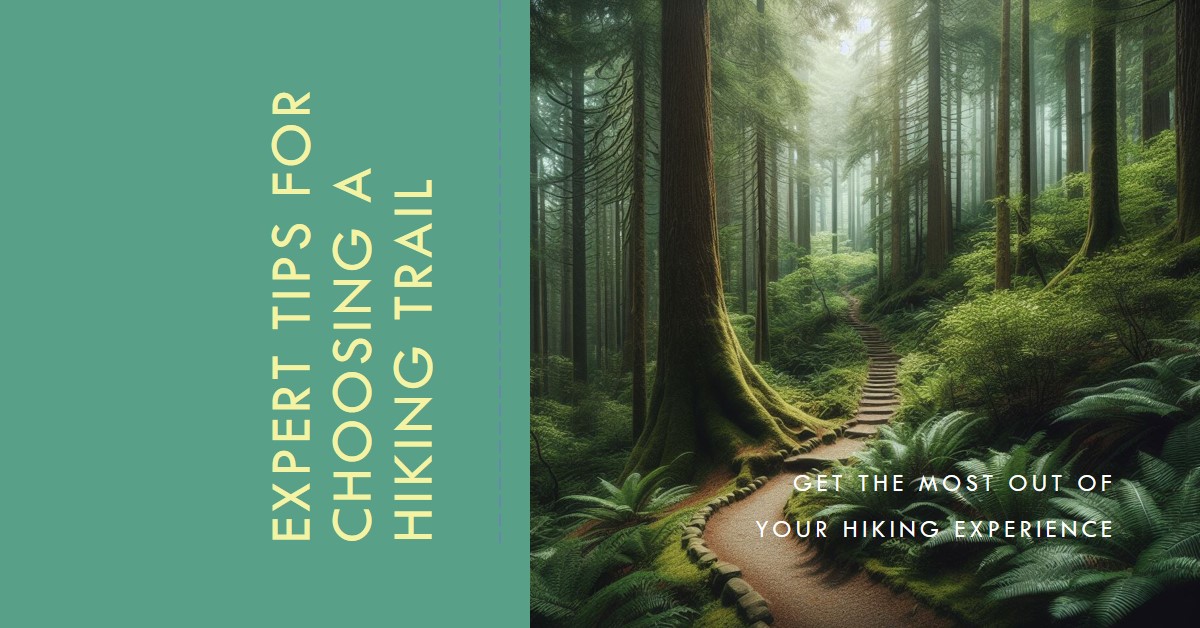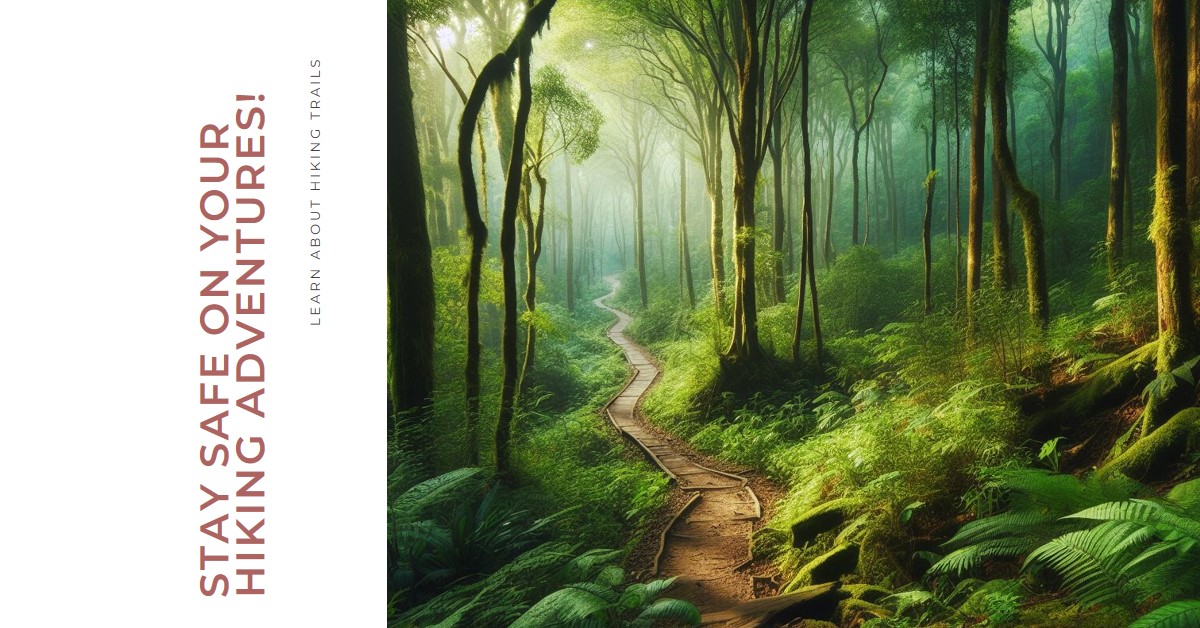Adventuring outdoors with safety: Key Guidelines for Camping Safely
The thrill of being surrounded by the lush green wilderness, diving deep into nature’s tranquility, and making unforgettable memories – that’s camping! But to truly embrace the adventure and safeguard your well-being, it’s vital to follow specific safety protocols. Stowing away vital kits like first aid, preserving emergency contacts, and camping with the right equipment all contribute to a safe journey. Furthermore, understanding the area, recognizing potential hazards, weather diagnostics, and the proximity to medical amenities are crucial aspects to note. Here we lay down comprehensive tips helping you remain safe and enjoy a memorable camping experience.
Nature’s embrace gives you the serenity you often crave amidst the daily humdrum. Be it a solitary expedition or a trip with close ones, maintaining safety is paramount. Unpredictable weather or wild animals might pose challenges during the journey. But with mindful preparation and necessary precautions, you can mitigate risks and thoroughly revel in the exploration. Let’s deep dive into the realm of safe camping, providing practical tips and guidelines to secure your outdoor adventure.
Table of Contents
Laying Down The Groundwork: Camping Trip Preparations
Kicking off a camping expedition requires detailed planning and research, ensuring safety and fun-filled experiences. Start by investigating the area you plan to camp in, note down the weather details, terrain dynamics to know your necessities, and chart out ways to navigate the environment. Plenty of online tools are at your service, providing accurate and prompt weather forecasts. Besides, the terrain and unique features of the camping grounds will guide you on what gear and outfit are best for you to carry.
With all the vital information at hand, you can now chalk out your itinerary. Document the activities you are eager to perform, areas you wish to explore. Evaluate the best hiking paths, local angling spots, or the most picturesque viewpoints close by. Match the timeframe and challenge level with your fitness regime and preferences. Doing so will ensure you tap the best out of your trip and create unforgettable memories.
Must-Have Safety Equipment For Camping
The satisfaction of camping can be maximized by taking care of your safety needs first. To make the most of your adventure, ensure to carry the right set of equipment.
| Navigation Tools | Medical Aid Kit | Fire Ignition Gear | Insect Deterrent |
|---|---|---|---|
| Compass | Bandages | Waterproof Matches | Insect Repellent |
| Map | Antiseptic Swabs | Fire Lighter | Tick Repellent |
| GPS Device | Painkillers | Fire Starter | Bee and Wasp Rejecter |
Consider carrying an effective sunscreen with a high sun protection factor, a brimmed hat, and sunglasses to ward off harmful UV rays. Also, being in the right kind of attire is another essential aspect of overnight camping. Pack in comfortable clothing suitable for all weather conditions, layered options for adjusting with the changing temperatures, and durable hiking boots for more comfortable travel and protection against unsought injuries.
Food that attracts wildlife must be properly stored. Opt for airtight containers that are tough and resistant.
Adhere To These Campsite Safety Protocols
Your camping pursuit can be absolutely safe by pledging to follow the given campsite security measures.
- Choose Wisely: Select camping sites far from potential hazards like dump yards, dead trees, overhanging branches. Steer clear of zones prone to flood.
- Proper Tent Setup: Ensure tents are properly staked to the ground far away from burnable materials.
- Avoid Wild Animals: Store edible items in a beast-proof container or suspend it high in a tree. This keeps wildlife at bay and avoids any contamination.
- Ensure Fire Safety: Mark a clear zone for a fire pit away from combustibles. Never leave it unattended. Fully douse the fire before leaving.
- Locking your Essentials: Safeguard your valuables by locking them inside the vehicle or a lockable storage unit. Be careful of your surroundings, and lock up the tent when you are not around.
Safe Use Of Fire
Fire safety should top your priority list while venturing on a camping trip. Adhering to campfire rules can prevent untoward incidents and wildfires. Always stay updated about the campground rules and regulations of the location you decided to pitch at, ensuring your compliance.
Having a fire extinguisher handy can be a lifesaver during untoward incidents. Fires if left unattended can spread, causing damage. Always have someone guarding the fire and do not leave it without supervision.
Before leaving the campsite or retiring to bed, wholly put out the fire. Ensure no ambers or sparks are left behind. Pour water until everything cools down to the touch. Following these guidelines can ensure your camping trips are safe and fun.
Embrace Adventure Safely: Key Tips for a Secure Camping Experience
Embarking on a camping escapade offers thrills incomparable to your everyday life. Yet, to stay safe while immersing yourself in this wild escape, it’s imperative to consider wildlife and their natural habitats. Key to this is proper food storage, as feeding wildlife can lead to dependencies, and at worst, dangerous encounters. Additionally, maintaining a clean campsite free from food waste will keep you on the good side of the wildlife around you. Proper disposal of food scraps coupled with secure food storage – think bear-safe containers – can help you relish a risk-free, adventurous camping incident, keeping wildlife encounters purely observational.
Safety Manual for Hiking and Navigation
Dress Right: Dressing appropriately for camping and hiking trips can enhance your comfort and safety. Opt for lightweight clothing that allows breathability, and sturdy shoes with good traction to avert slips and falls.
Map and Compass/GPS Are Essential: As idyllic as it sounds, getting lost in nature isn’t. Carrying navigational tools such as a map and compass or a GPS device can prevent disorientation in unfamiliar terrain.
Stick to Marked Paths: Minimize the risk of accidents by sticking to designated trails. Deviating can lead to hazardous situations and potential injuries.
Stay Alert: Mindfulness of surroundings can go a long way toward safety. Scanning the environment for potential hazards like wildlife, erratic terrain, or a brewing storm can help preemptively manage risks.
Update Someone About Your Plans: It’s always wise to let someone know about your excursion – share your itinerary, host location, trip length, and expected return time. With this information, they can provide assistance if any problems arise during your trip.
Prioritizing Water Safety
Water can be both, a source of recreation and potential danger, during camping trips. Prioritizing safety is essential. Always wear life jackets when boating to avert accidents and potential drownings. Further, never swim alone, especially in unfamiliar waters – a buddy system can provide prompt help during emergencies. Prior to plunging in, it’s crucial to assess the water conditions, checking for warnings or advisories about strong currents or polluted waters. Adherence to these guidelines can ensure a safe and enjoyable aquatic experience during your camping adventure.
Mastering Emergency Preparedness
Being prepared for unexpected situations and emergencies is a camper’s best defense. Mastering basic first aid skills helps manage common injuries such as cuts, burns, and sprains, preventing further complications. Remote camping may necessitate carrying emergency communication devices like satellite phones, personal locator beacons, or two-way radios. Familiarize yourself with their operation and keep them readily accessible. Should you need to signal for help, necessary tools like a whistle or signal mirror, easily visible from a distance, can prove crucial. Basic signaling codes, like the SOS, could be a lifesaver in distress. Pack emergency rations enough to sustain for at least 72 hours – think non-perishable food items like energy bars, canned goods, dried fruits, and enough water or a water filtration system. Formulating an emergency action plan is prudent. Discuss scenarios with your camping buddies about what to do emergency situations like severe weather, accidents, or getting lost. Set meeting points and establish means of communication.
Respecting Nature: The ‘Leave No Trace’ Principles
When in the wild, the way you camp can immensely shape your safety and impact on the environment. Abiding by the Leave No Trace principles can ensure that your adventure is a sustainable one. Key to this is waste disposal – all trash, food scraps, and personal hygiene products should be packed out. Where facilities are available, use designated points for disposal and recycling. Next, respect nature and its wildlife. Keep your distance, avoid feeding animals (which can disrupt their natural behavior and turn hazardous), and minimize noise and light pollution to preserve the tranquility of nature – a consideration for both wildlife and other campers. Lastly, leave your campsite just as you found it – rubbish-free. An additional effort to clean up any litter left by previous adventurers and ensuring your campfire has been completely extinguished can mean a safer camping experience for others following on your trail.
Addressing Your Safety Concerns: A Camping FAQ
Wander with Safety: Top Tips for Secure Exploration
Dos of Dressup: When prepping for camping and hiking, the right gear becomes critical. Your wardrobe must feature lightweight, breathable clothes and sturdy shoes with good traction to arm you against slips and falls.
Navigator’s Necessities: Navigating unexplored territories calls for reliable tools – pack a map and a compass, or a GPS device, to shield against getting lost.
Trail Truth: An adventurer’s safest bet lies in sticking to marked trails. Going astray could potentially land you in danger.
Maintain a Watchful Eye: Constant awareness of your surroundings guards against unexpected hazards like wildlife, unstable grounds, or sudden weather changes.
Divulge Your Plans: Share your travel itinerary with someone trustworthy. Details like destination, trip duration, and expected return could be vital in case you face any hurdle during the trip.
Navigating Waters: Essential Safety Guidelines
Water on camping trips can be a source of both amusement and danger. Prioritizing safety measures such as wearing life jackets while boating significantly reduces the odds of mishaps and drowning. Swimming should never be a solo undertaking, especially in unfamiliar waters. A swimming partner becomes a crucial source of help during emergencies. A final water safety check worth performing relates to the overall water conditions – signs about strong currents, pollution levels, etc., before diving in. Adherence to these precautions ensures a safe and enjoyable aquatic experience during your camping adventure.
Preparing for the Unexpected: Emergency Ready
While preparing for a camping trip, considering potential emergency situations is essential. Minimize panic in stress scenarios by learning basic first aid skills to manage common injuries. For those venturing into remote locations, your camping kit should include necessary communication devices like a satellite phone or a two-way radio. In a dire situation, having distinct signals for help, like a whistle or easily visible mirror, could be a lifesaver. Stock up on emergency rations that last for a minimum of 72 hours, including non-perishable food items and adequate water. Planning an emergency response before setting off for your camping trip might be the most important thing to plan for during different emergencies.
Treading the Wild: The ‘Leave No Trace’ Mandate
A mindful camper respects Mother Nature. The Leave No Trace guideline is excellent for ensuring camping adventures are a friendly fusion of enjoyment and sustainability. Key to this is appropriate waste disposal – packing out all trash and ensuring correct disposal of food scraps and personal hygiene products. Disturbing wildlife is discouraged – feeding or getting too close to animals can harm their routine behaviors and be risky. Pulling the plug on noise and light pollution preserves nature’s tranquility. Remember to leave the campsite as you found it; our beautiful outdoors deserve care and respect.
Calm Your Queries: Camping Safety FAQ
Q: What Should I Do Upon Facing Wildlife During My Camping Trip?
A: Keep your calm and provide the creature ample space. Never attempt to feed or approach them. If you spot a bear, appear larger by raising your arms or standing on tiptoes, and retreat slowly keeping the bear in view. Use bear spray if it charges. All wildlife encounters should be reported to the park authorities.
Q: How Do I Keep Tick Bites at Bay onto the next. While Camping?
A: To deter ticks, wear long-sleeved apparel and closed shoes, and tuck pants into socks to avoid direct skin access. Take advantage of insect repellents with 20-30% DEET for exposed skin and permethrin-treated clothing. Regularly check your body and attire for ticks, and remove them promptly using tweezers.
Wrapping Up
With this combination of precautions, you can become an expert camper, free of worries and full of joy. Make sure to plan thoroughly, maintain awareness, pack the right gear, and have emergency contacts easily available. By integrating these steps into your camping routine, you can swing back to nature while ensuring your safety and that of your surrounding habitat. And remember – stay safe and keep exploring! Happy Camping!














